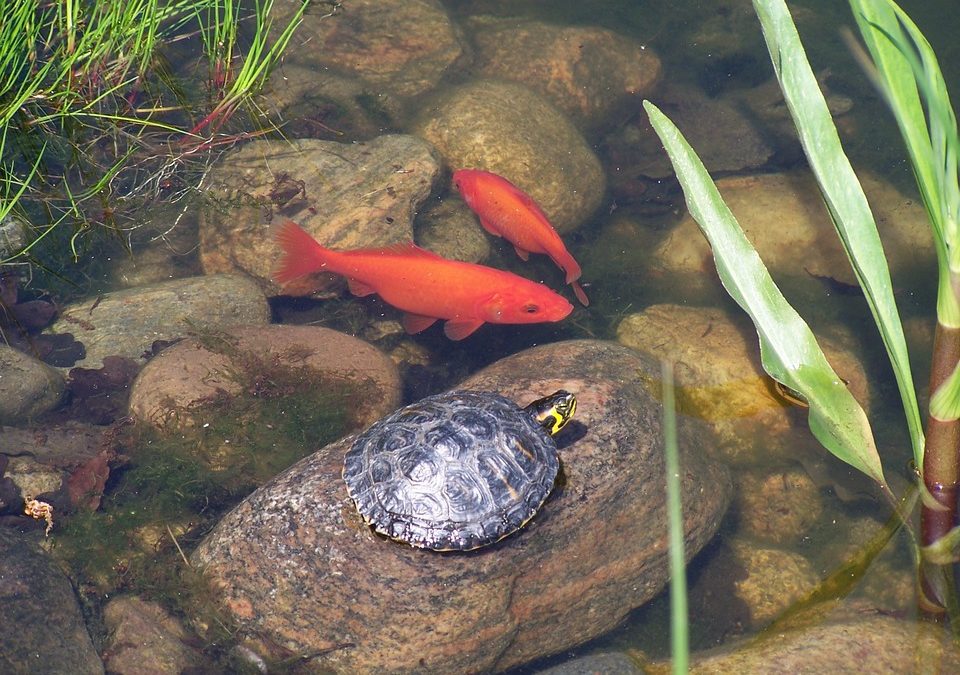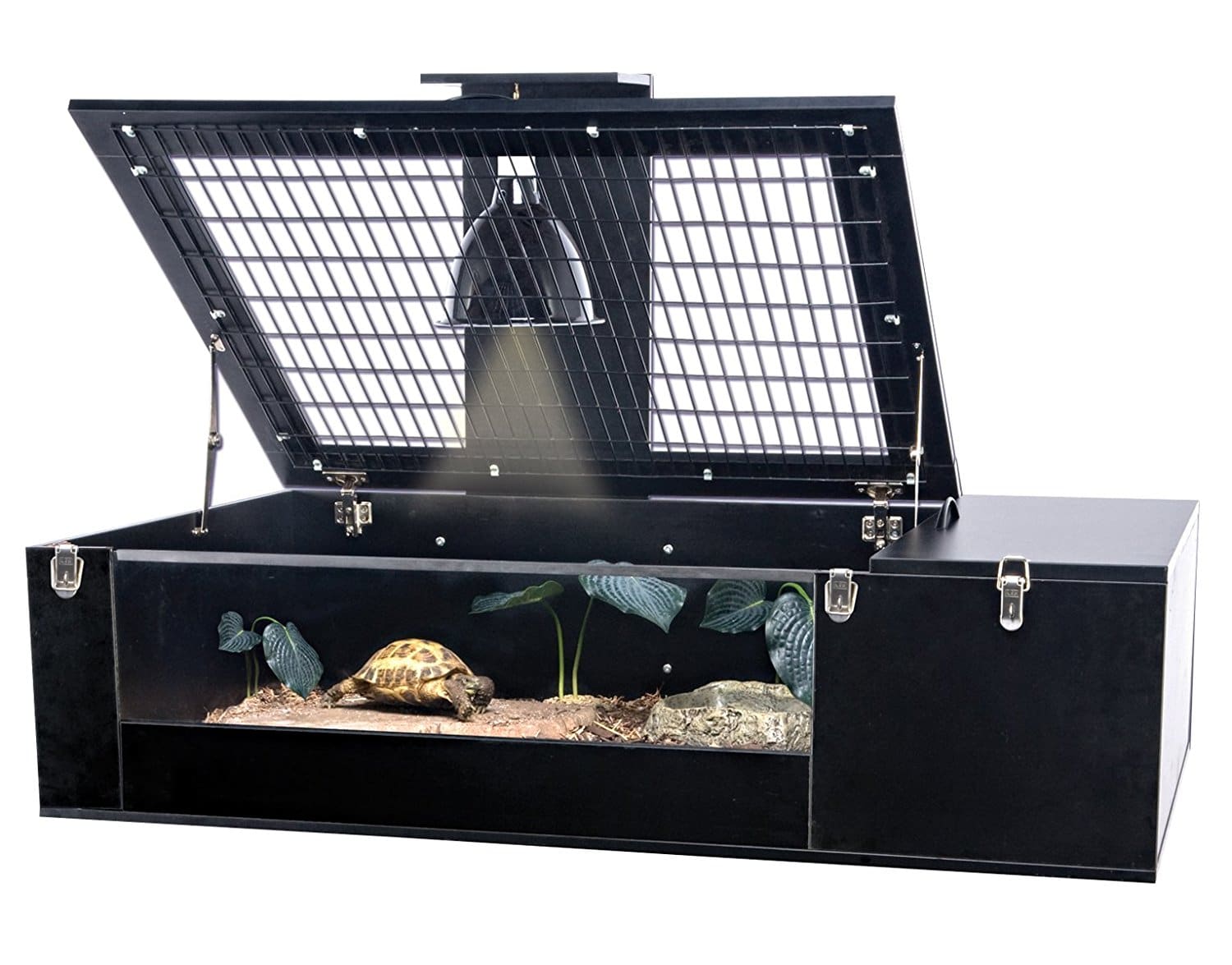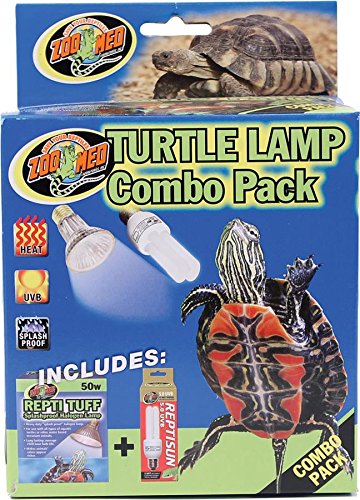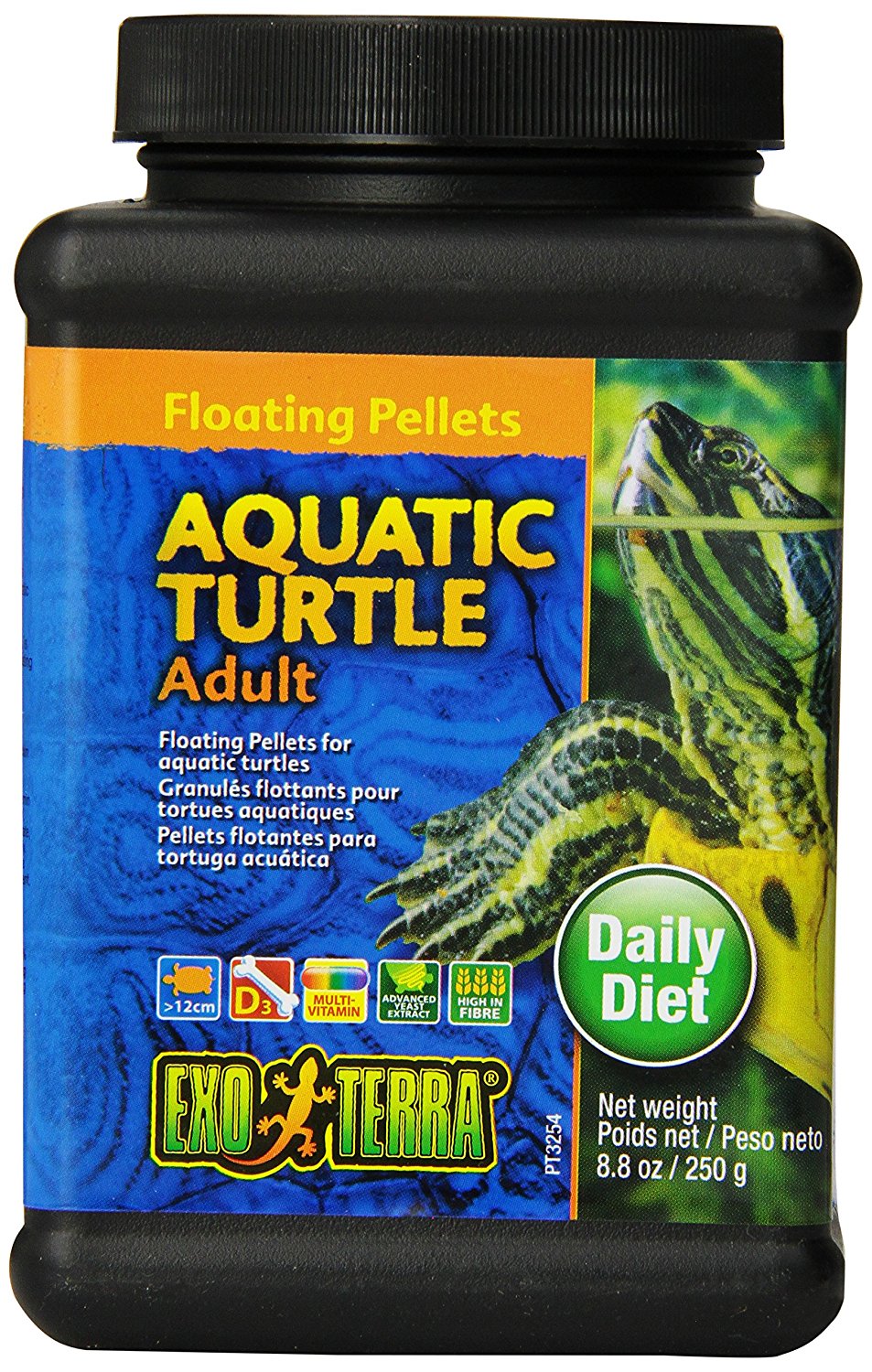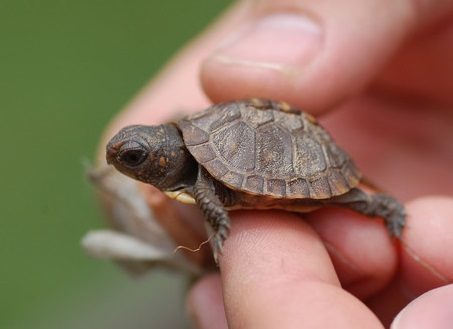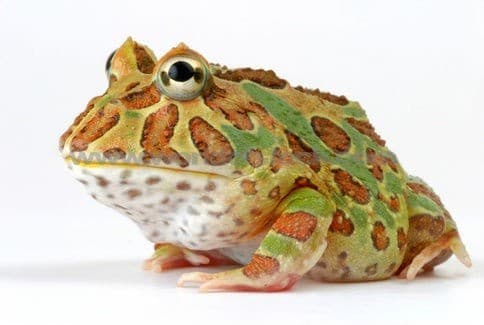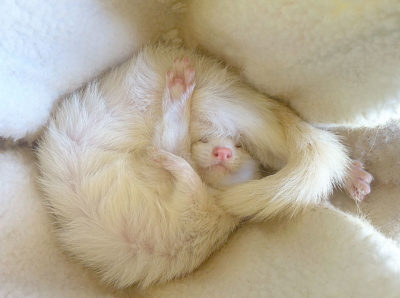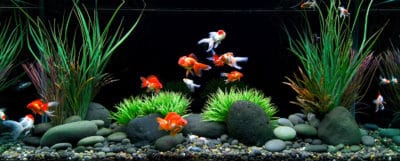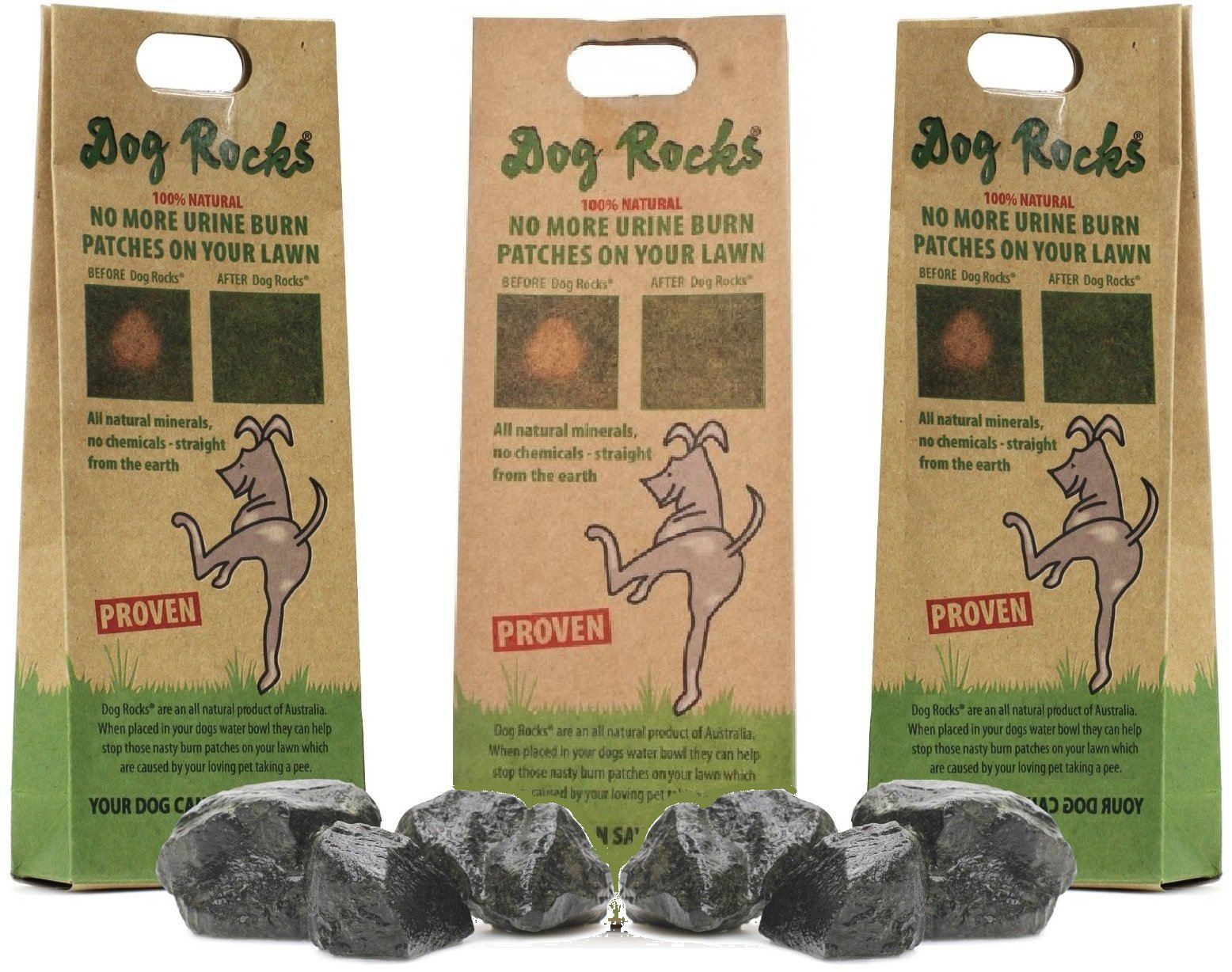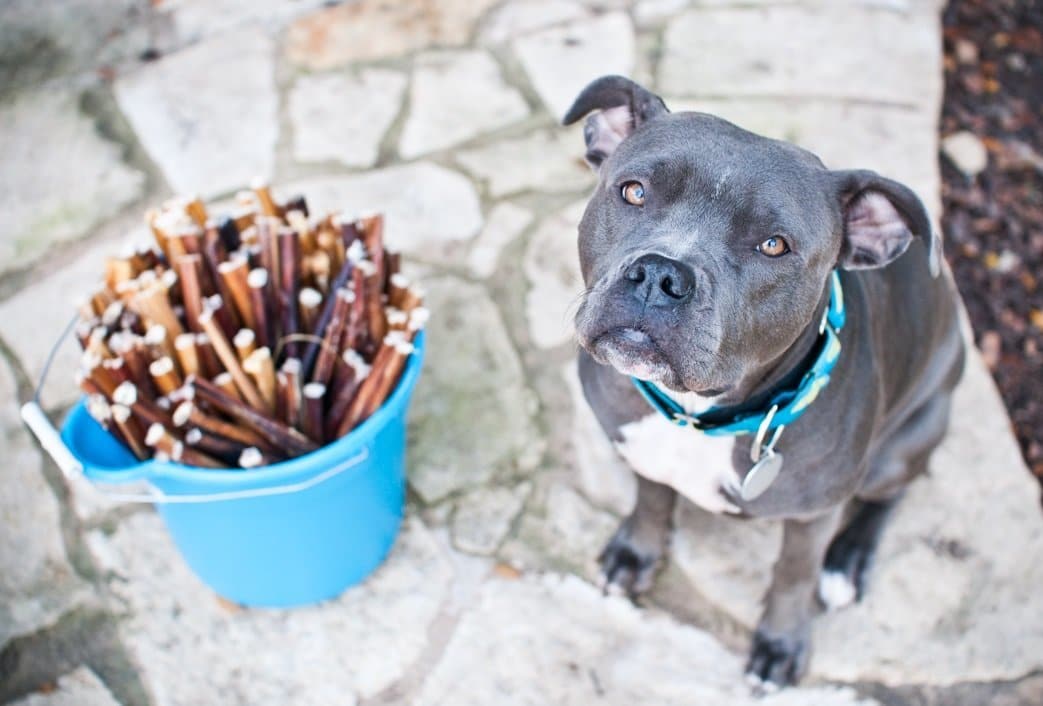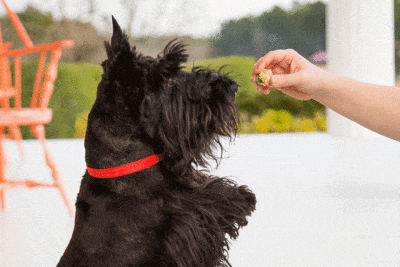While not considered a traditional choice, turtles are surging in popularity among pet owners. As far as the “Pet Race” goes, they’re sneaking up on the competition to being a common household member. Though they have a reputation for being slow, low maintenance animals, turtle care comes with its own hurdles and challenges. There is a learning curve on how to take care of a turtle, but we are here to help.
This is a comprehensive adult and baby turtle guide, and we will also cover some basic differences between aquatic turtle care and land turtles. Turtles are perhaps the sweetest looking reptiles, and seem to have more personality than some of their species, but each breed of turtle requires proper research and attention.
We are going to cover some main points about turtle care today, and give you some tips on how to get ready for your new turtle pet.
Turtle Fact
What Kind of Turtle Should I Get?
To get things started, it’s important to talk about the differences between Water Turtles and Land Turtles. We are going to try to cover information that is pertinent for both to help you learn how to care for a turtle properly. However, most of information will be geared towards how to take care of a baby turtle.
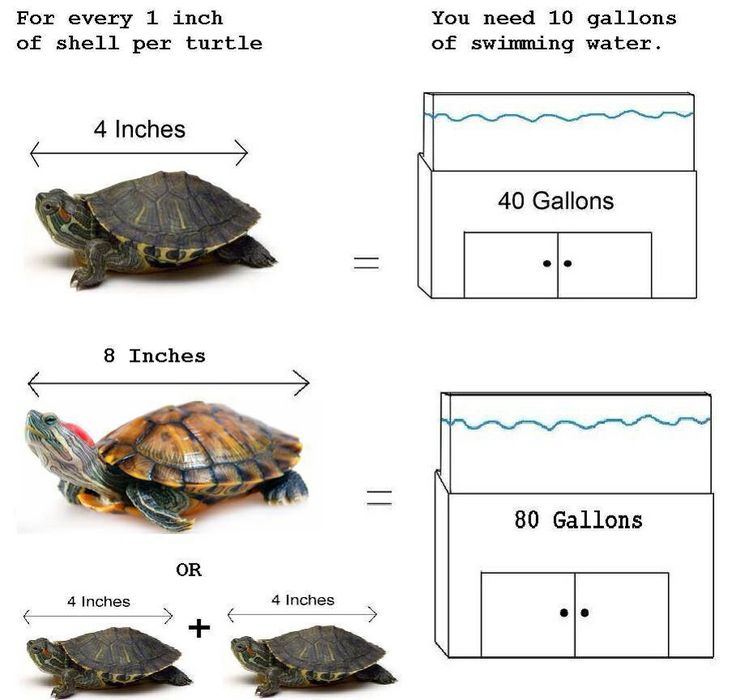
The first step to acquiring a pet turtle is going to be preparing their environment. We encourage you to always do research on breeds before getting a pet from a pet store. Talk to the specialist that helps you to make sure that as your baby turtle grows, you are prepared to change the environment to fit its needs.
Even the smallest of baby turtles can grow quite large, so know what you’re bringing home!
Pet Turtle Tanks and Habitats
Make sure that you get a large aquarium/terrarium so that your turtle h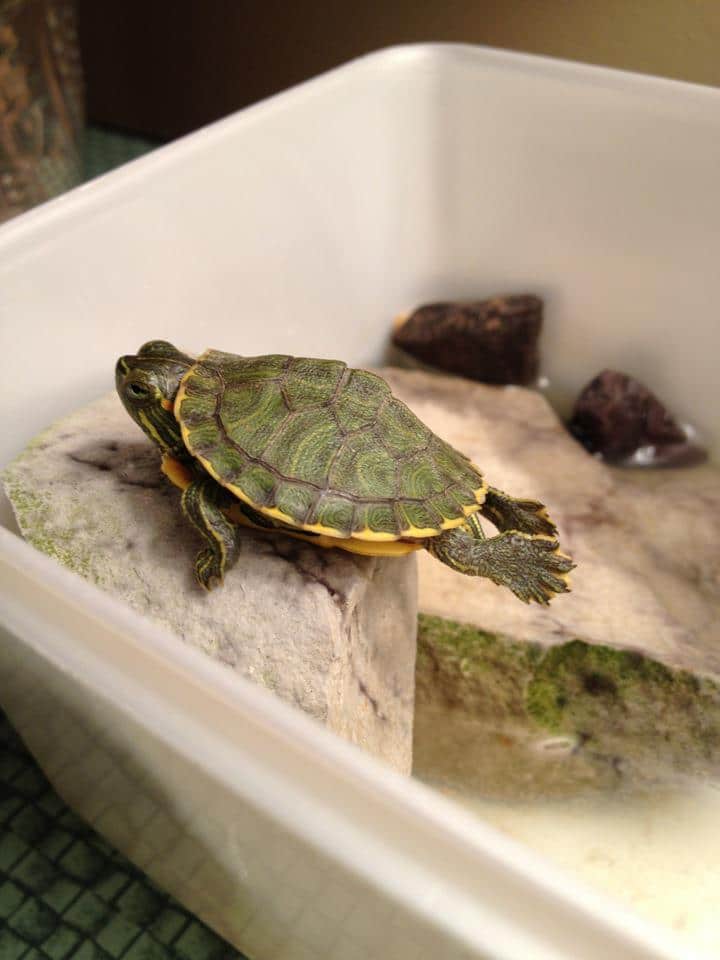 as both land and water. If you have decided to get a land turtle, they will still need access to water for drinking. Some turtles will grow large enough they will need a bigger area, such as a place in the backyard. If you live in an area with harsh climate this might not be a good idea. If they are exclusively an indoor turtle, consider finding plants to spruce up their habitats and make them feel right at home.
as both land and water. If you have decided to get a land turtle, they will still need access to water for drinking. Some turtles will grow large enough they will need a bigger area, such as a place in the backyard. If you live in an area with harsh climate this might not be a good idea. If they are exclusively an indoor turtle, consider finding plants to spruce up their habitats and make them feel right at home.
Again, determining the right turtle for you will take some research, some turtles can live in a backyard for most of the year but will need to be inside during colder months and nights. If they are going to be outside, make sure they have access to a shelter to keep them safe from potential predators as well as a place to escape the sun if needed.
Keep Your Pet Turtle Healthy
Pet turtle care requires the right environment, and all baby turtles need climate control. A heat lamp should be next on your list of things to purchase for caring for a turtle. Some adult turtles will need them as well, especially if they are a breed that require certain temperatures to remain healthy.
Having the right environment ensures a longer and healthier life for your pet turtle. UVB rays are necessary for a turtle to live, so if you have an indoor environment for them this is a must.
Turtle Fact
Exercise
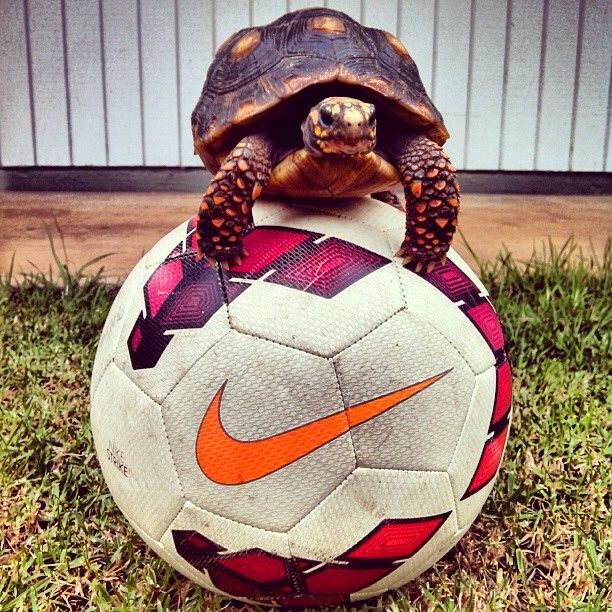 Because stereotypically Turtles are thought of as slow and laid back, exercise can get overlooked. If you are planning on keeping your turtle in a close aquarium for sleeping, let it roam in a safe room or outside from time to time. Learning how to care for turtles, means learning how to adjust to it.
Because stereotypically Turtles are thought of as slow and laid back, exercise can get overlooked. If you are planning on keeping your turtle in a close aquarium for sleeping, let it roam in a safe room or outside from time to time. Learning how to care for turtles, means learning how to adjust to it.
Make sure you are taking precautions- such as removing rocking chairs and keeping an eye on your little ones (and your own feet). A broken shell can happen easily during these times of exercise, but as long as you look for hazards ahead of time you’ll be good to go.
It’s important that your turtle get some movement from time to time so the extra safeguards are worth it.
What Do You Feed Baby Turtles?
Well, baby turtle food, of course. Do not overfeed your pet baby turtle, they need to grow at the same rate as their shell, which is naturally- slow and steady. If they are overfed this will cause them to grow too quickly and end up with deformities. If there are edible plants in their habitat, or bugs than you can use baby turtle food such as pellets as a supplement. If their diet is going to be controlled, then make sure to feed them only once or twice a day based on their size and age.
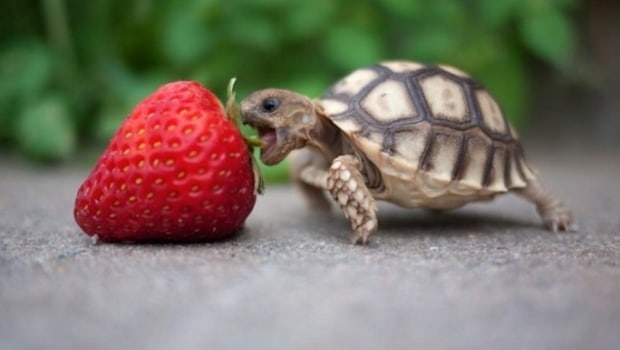
Different kinds of turtles are going to all have very similar needs, but just like any baby animal, baby turtles require a lot of time and attention.
Reminder: Carnivore vs Omnivore
Turtles have a diverse diet! This is a crucial part of how to take care of a turtle properly. Exclusively Baby turtles eat primarily meats and are carnivorous until they mature. As adults, turtles eat both plant and meat, making them omnivores. one or the other will not get them the nutrients they need to live a long and happy life. Keep track of their diets and feed them accordingly.
Turtle Fact
Tankmates for Your Turtle
One thing you can consider if you are getting an aquatic turtle is to get it some “roommates” to share the tank with. Goldfish or snails are cheap and easy to take care of and can add some life to your pet turtle’s home. Do your research on turtle care first, there are fish that won’t make good tanks mates and can harm your hard-shelled buddy.
Grooming Your Turtle
A dirty tank means a dirty turtle. If you want your pet baby turtle to grow into a healthy adult and live a long, happy life, cleaning is a must. Clean your turtle tank and habitat regularly and thoroughly. Harmful bacteria can be thriving even if it’s not visible. Fresh water in a dirty environment is moot.
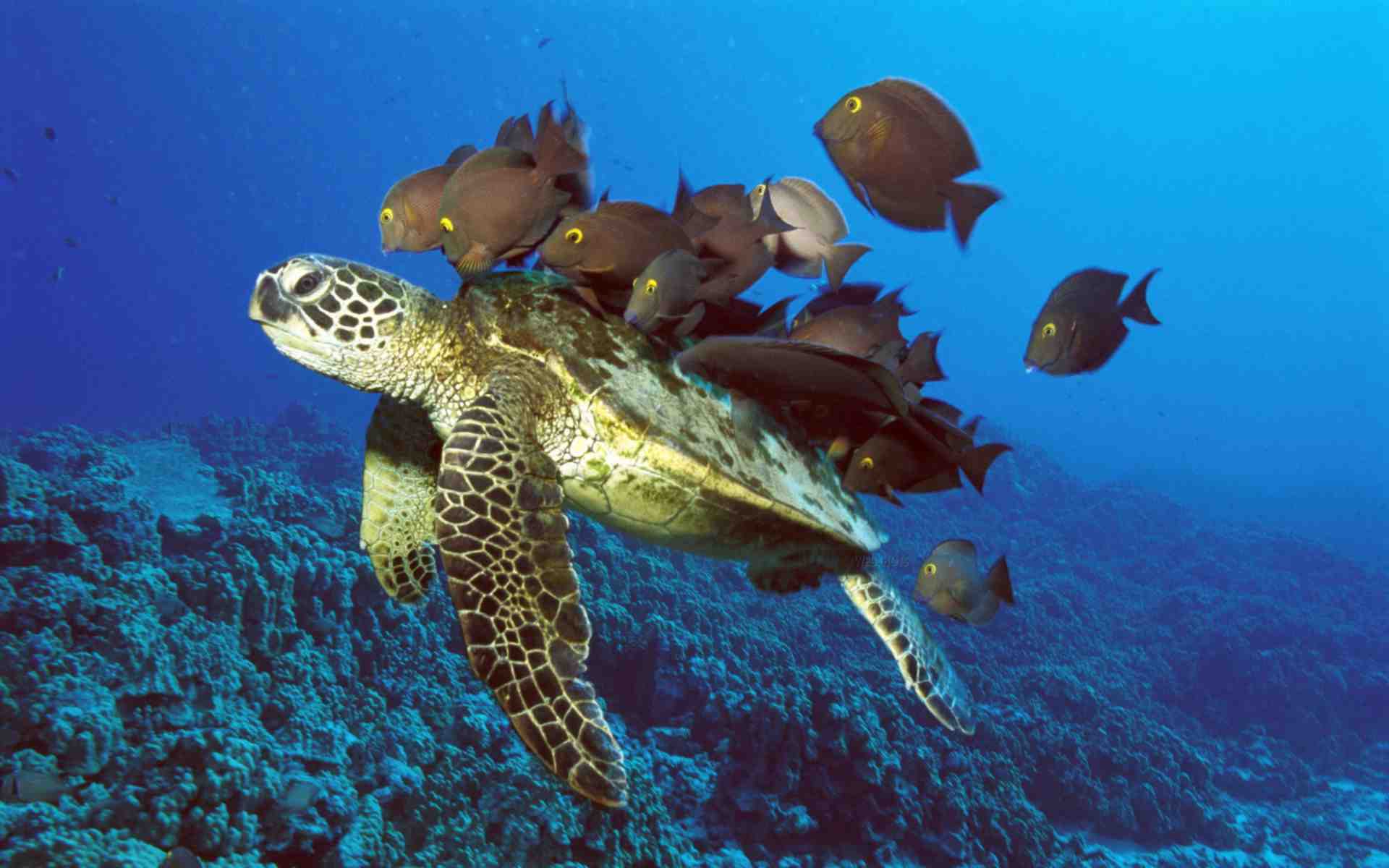
Pet Turtle Checklist
Now that you know some of the basics, we are going to go over a quick checklist of what you need to be able to care for turtles at home. With some of these essential items and habitat features you will be on your way to hosting your new pet turtle!
1. Turtle Tank or Terrarium
The first step is to get the right habitat for your new pet turtle. As mentioned above, environment placement is crucial. Make sure they are in a safe place in your house, and have access to climate control.
Despite the assumption that all turtles are slow, they still need exercise, so having space to move around when you aren’t home is important to their growth and health.
2. Heat Lamps
Turtles need a UVB rays to survive. Luckily there are lamps made so that you don’t have to have a setup outside for your pet turtle. Even aquatic turtles spend plenty of time basking in the sun. Make sure that the lamp is set up away from the water and follow instructions as for when to have it on, and for how long.
Your turtle might also need a basking lamp, that can be set up to keep a part of the habitat at a certain temperature. This sort of climate control is crucial for the health your turtle.
3. Shelter
It is well known that turtles like to get away. Unlike the cartoons, the inside of their shell is not a well decorated cottage- nor do they have a ninja bunker in the sewers. For this reason, it’s a good idea to safely construct a shelter, or buy a small cave to add to your turtles habitat. They need a little R&R every once in a while to escape the realities of their oh-so-difficult lives.
4. Water
Depending on the type of turtle you have, the tank/terrarium/habitat needs to have varying amounts of water within it.
5. Food
You can buy turtle food from reputable brands at most pet stores and online, but mixing it up a bit never hurts. Leafy greens and some melons can be great treats for your turtle- in moderation. If you’re balancing treats with food and a properly lit habitat, you likely won’t need vitamin supplements or anything like that.
However, if you have just adopted a turtle that wasn’t well taken care of, or have changed environments it might be a good idea to get a supplement and try it out until the balance is restored.
If you’re turtle is a carnivorous turtle they might appreciate live or frozen meats (thawed before serving) as a part of their regular diet.
6. Cleaning Supplies
Cleaning your turtle tank regularly is crucial. Have a secondary “habitat” or container to put your turtle in during cleanings to keep it safe. You will need brushes to be able to clean things, and turtle-safe chemicals.
FAQ about Pet Turtle Care
Here are some commonly asked questions about getting a pet turtle and some key points on how to care for them.
Is all pet turtle care the same?
What do baby turtles eat?
What do I do with my turtle when I go on vacation?
How long do pet turtles live?
Where can I get a pet turtle?
Do not take in wild turtles as pets. In fact: there are some breeds of turtles that are illegal to keep as pets in some states.

